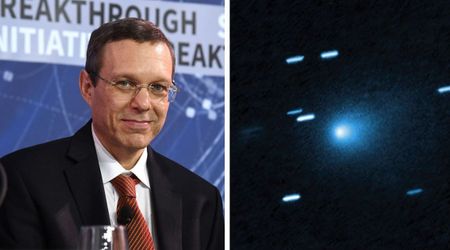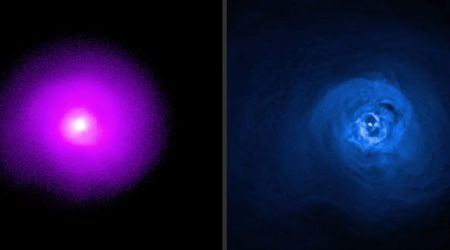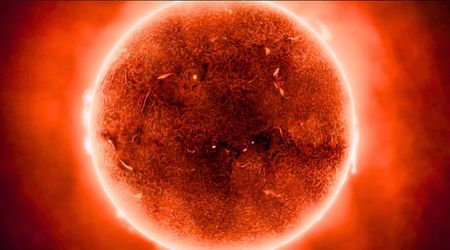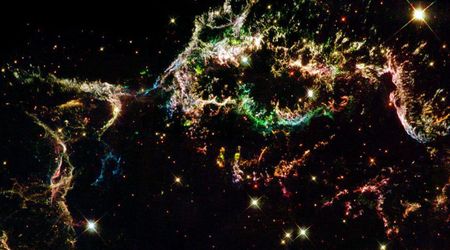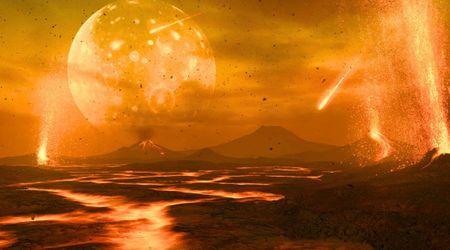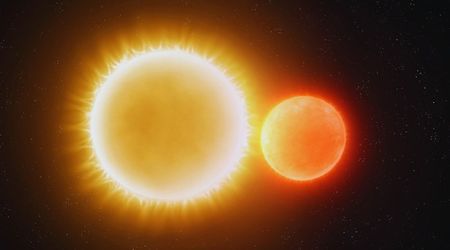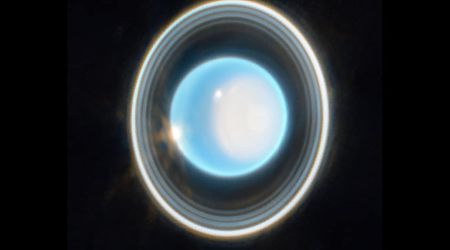What cargo did SpaceX's Dragon capsule bring back to Earth after undocking from the ISS

The SpaceX Dragon cargo capsule, operating without a crew, completed its 32nd resupply mission for NASA to the International Space Station by splashing down off the coast of California on May 25 at 1:44 a.m. EDT. The Spacecraft, which had undocked from the Harmony module of the ISS at 12:05 p.m. on May 23, returned to Earth with approximately 6,700 pounds of supplies and scientific experiments that had utilized the microgravity conditions on the space station, according to NASA's official site.
Splashdown of Dragon confirmed, completing SpaceX’s 32nd Commercial Resupply Services mission to the @Space_Station!
— SpaceX (@SpaceX) May 25, 2025
Upon its return, the Dragon spacecraft brought back vital research that will advance our understanding of materials in space and robotic capabilities. The MISSE-20 (Multipurpose International Space Station Experiment) exposed materials like radiation shielding and detection materials, solar sails and reflective coatings, ceramic composites for reentry spacecraft studies, and resins for potential use in heat shields. Analysing these samples will help NASA understand how they react to ultraviolet radiation, atomic oxygen, charged particles, thermal cycling and other factors.

Also aboard is Astrobee-REACCH (Responsive Engaging Arms for Captive Care and Handling), which successfully demonstrated its ability to manipulate and move objects within the space station. The REACCH demonstration used Astrobee robots with tentacle-like arms and adhesive pads to capture space objects with different shapes and surfaces. Testing ways to safely capture and relocate orbital debris and other objects could be crucial for extending satellites' lifespans, performing orbit changes, and removing space junk. These capabilities are vital for protecting the satellites in low Earth orbit that provide essential services to people on Earth.

Additionally, the books from the Story Time from Space project have also been brought back. Astronauts on the space station read STEM-related children's books and filmed themselves doing science experiments. These videos and data were sent to Earth and are available in a video library with accompanying educational materials.

The Dragon spacecraft also brought back hardware and data from OPTICA (Onboard Programmable Technology for Image Compression and Analysis), a one-year technology demonstration. OPTICA aimed to improve the transmission of real-time, ultra-high resolution hyperspectral imagery from space. Its insights into data compression and processing could significantly reduce communication bandwidth and lower the cost of acquiring space-based imaging data, without sacrificing data volume. This technology promises to enhance services like disaster response that depend on Earth observations, as mentioned on the company's official website.
The SpaceX Dragon spacecraft is unique in its ability to transport both crew and significant amounts of cargo. It can carry up to seven passengers to Earth orbit and beyond. Notably, it is currently the only spacecraft capable of returning substantial cargo from space to Earth. Furthermore, Dragon holds the distinction of being the first privately developed spacecraft to transport humans to the ISS (International Space Station). In 2020, SpaceX achieved a significant milestone by restoring the United States' independent capability to launch NASA astronauts to and from the International Space Station using American-made vehicles, a feat not accomplished since 2011. Beyond its critical role in supporting NASA, SpaceX's Dragon spacecraft also offers services for commercial astronauts, transporting them to Earth orbit, the ISS, or even further into space.
